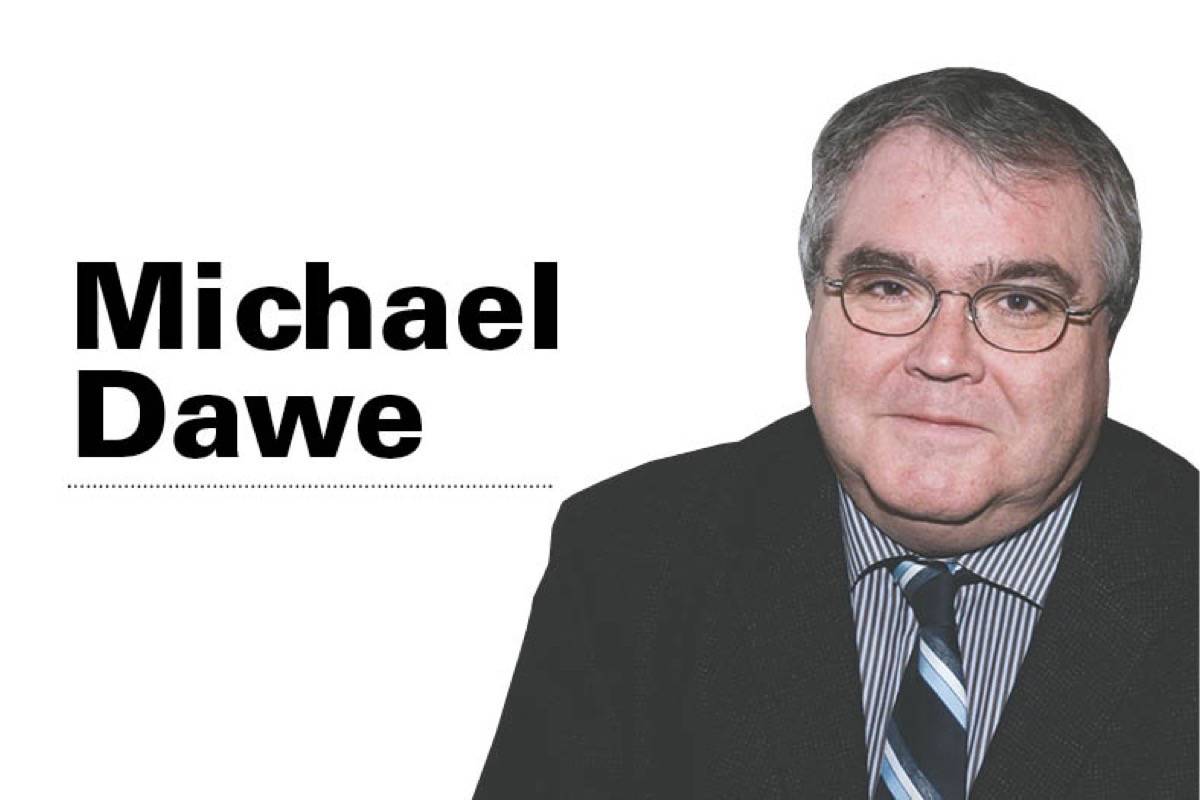On Nov. 5th, 1923, a plebiscite was held in Alberta on the legalization of the sale of alcoholic beverages in the province. The Prohibition of the sale of beer, wine and liquor, other than for medicinal purposes, had been approved in a province-wide vote in 1915 and implemented on July 1st, 1916.
However as the years passed, the failings of Prohibition – the Grand Experiment – had become increasingly evident.
Public opinion began to shift. Many people decided that instead of Prohibition, strict laws to ensure moderation in the sale and consumption of alcoholic beverages would work better.
Since a province-wide plebiscite had been used to bring in Prohibition, it was felt that a new plebiscite was required to make any significant changes to the laws on alcohol.
In the new vote, Alberta supported moderation over Prohibition by a fairly slim majority of 25,000. Red Deer voted ‘wet’ by a margin of 478-338.
Under the new Liquor Act, the rules remained very strict.
Low alcohol beer could be served in licensed premises, such as beer parlours in hotels. However, the beer was quite weak, and earned the nickname ‘Temperance Beer’. Patrons could only be served one drink at a time. There was no moving from the tables, or standing while drinking. Entertainments were prohibited.
Many people felt that women should not be allowed to ‘frequent’ the beer parlours. Otherwise, all kinds of ‘immorality’ might occur. Hence, generally speaking, women were barred as customers.
Liquor, beer and wine could be bought in government owned and operated stores.
An application to purchase had to be filled out first, and then a government agent filled the order if it was approved. Generally, only one bottle of liquor or wine, or a limited amount of beer was provided. The purchase then had to be taken home and consumed in the privacy of one’s personal residence.
Only a very small number of liquor vendor offices were opened around the province. If a municipality wished, it could exercise a ‘local option’ and continue to prohibit the sale of alcohol in the community, regardless if it was at a government vendor or in licensed premises.
Under the new legislation, there was no explicit restriction on women buying alcohol. However, when the government liquor store opened in Red Deer, the first customer was a woman.
Colonel R.C. Lister, the official vendor, declined to sell her the bottle of liquor she requested. There was no appeal of his decision.
Further changes to the Alberta Liquor Act occurred at a near glacial pace. In 1928, ‘mixed” public drinking was finally made legal.
However, women could only go into special segregated areas at the licensed premises if they had a male escort. Otherwise, bars remained ‘men only’.
Public opinion began to shift, particularly after the Second World War.
The Alberta Liquor Control Board (A.LC.B.) had already begun to loosen the rules on segregated ‘ladies and escorts’ drinking areas in rural establishments deemed too small to warrant two licensed premises.
However, this meant that people from the cities would go out to a rural bar and then attempt to drive home after an evening of imbibing.
Finally, in 1957, another province wide liquor plebiscite was held.
More government run liquor outlets were authorized. ‘Mixed drinking’ with men and women was also authorized, but only in Calgary, Edmonton and some resort areas such as Banff.
The practice of filling out order slips at the liquor vendors was not dropped until 1965.
The segregated ‘ladies and escorts’ premises continued until 1967 before the rule was finally dropped across the province. The sale of beer and wine in restaurants was implemented slowly.
The A.L.C.B. maintained strict controls over the sale and consumption of alcohol and even set the rules on the décor and atmosphere of any place authorized to sell it.
Major changes didn’t come until the early 1970s, when the legal drinking age was dropped from 21 to 18.
The new Progressive Conservative government, which displaced the long-standing Social Credit government in 1971, brought in many new and more relaxed regulations. A new attitude towards drinking in Alberta was finally now established.



